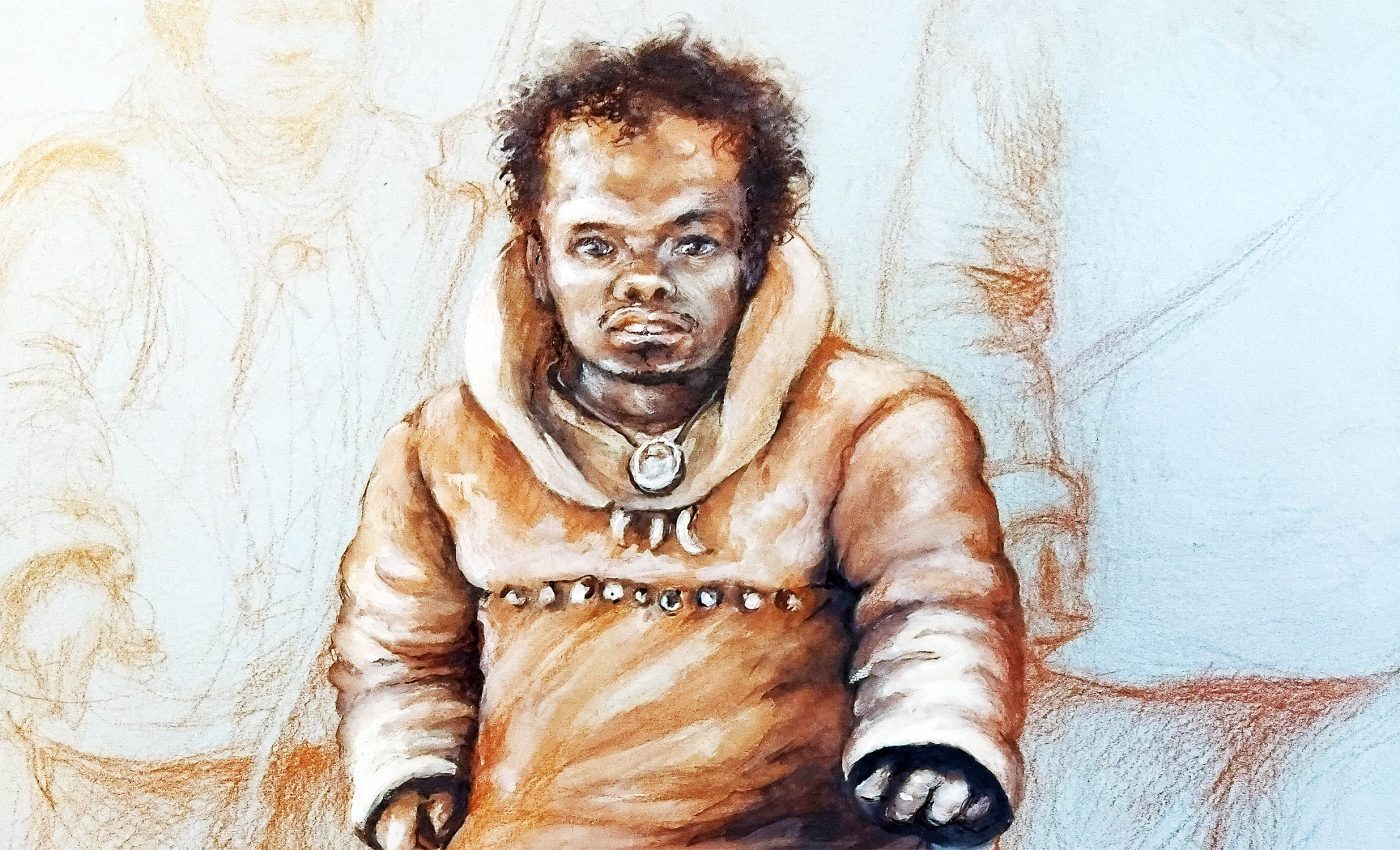
Ice Age teens went through puberty and grew up just like modern teens
In a world where teens are often considered a complex mystery, an exciting new study brings something fascinating to the table. The findings? Ice Age teens, living 25,000 years ago, had experienced puberty just like their contemporaries today.
This intriguing revelation is turning heads in the science community, promising to fill a significant gap in our understanding of early human growth and development.
Early humans: Not-so-different
This research gives a peek into the life of Pleistocene teens. Historically, we’ve imagined the prehistoric era as nasty, brutish, and short-lived, as described by philosopher Thomas Hobbes.
Now, scientists have turned the tables on our assumptions, showing that teens way back then grew up in a way that mirrors modern adolescence.
Sneak peeks into the life stages of these prehistoric adolescents were discovered within the bones of 13 ancient humans aged between 10 and 20.
This archaeological find has kick-started a novel way of understanding adolescence in our ancient ancestors.
Puberty in Ice Age teens
The researchers behind this fascinating study, including paleoanthropologist April Nowell from the University of Victoria (UVic), found specific markers in these ancient bones.
These markers revealed the progress of adolescence in the individuals.
Specific areas of the skeleton, when analyzed, revealed signs of menstruation and voice changes. “Our research helps to humanize these teens in a way that simply studying stone tools cannot,” says Nowell.
Determining the puberty stage in Ice age teens
The pioneering technique used to excavate these biological insights was developed by lead author Mary Lewis, from the University of Reading.
Lewis’s method involves assessing the mineralization of the canine teeth and the maturation of various bones to determine the individual’s stage of puberty at the time of their demise.
“This is the first time my puberty stage estimation method has been applied to Paleolithic fossils. It is also the oldest application of another method — peptide analysis — for biological sex estimation,” Lewis notes.
Surprisingly, the study’s findings indicate a healthy lifestyle for these Ice Age teens.
Most of them entered puberty by the age of 13.5, reaching full adulthood between 17 and 22 years old. This suggests that puberty began at a similar age to modern teens in wealthier societies.
Story of ‘Romito 2’
Peeking from these aged bones, we find the story of “Romito 2,” an Ice Age adolescent believed to be male. Romito 2 was not just another teen, but the earliest known individual with a form of dwarfism.
With his distinctive physical features, his unique voice, and the potential to father children, he must have played an interesting role in his Ice Age community.

“The specific information about the physical appearance and developmental stage of these Ice Age adolescents derived from our puberty study provides a new lens through which to interpret their burials and treatment in death,” says archaeologist Jennifer French from the University of Liverpool.
Romito 2 had a rich social life
The insights gleaned from this study also enable us to surmise the rich social dynamics within Ice Age communities.
Adolescence, a time traditionally marked by the onset of new social roles and responsibilities, likely mirrored some of these developments in young individuals 25,000 years ago.
As these teens transitioned through puberty, they might have been entrusted with tasks essential to their community’s survival, such as foraging, hunting, or crafting tools.
Documented evidence such as burial artifacts provides further hints about their societal roles and status.
The ongoing analysis of these contexts is gradually illuminating the nuanced social structures that supported and nurtured these young individuals during one of humanity’s most formative periods.
Future of paleoanthropology
As promising as the findings of this study are, they pave the way for future research endeavors that could unearth even more secrets of prehistoric adolescence.
Collaborative efforts among archaeologists, anthropologists, and geneticists are vital in expanding our understanding of early human life.
Advancements in technology such as genomic analysis and three-dimensional imaging continue to sharpen our ability to reconstruct the lives of our ancestors with unprecedented clarity.
By deepening our understanding of how these early humans navigated the journey of adolescence, we not only enrich our historical knowledge but also cultivate a greater appreciation for the shared human experience that transcends millennia.
Romito 2, puberty, and Ice Age teens
This research was not the work of a lone institution. A strong team of researchers from six different institutions worldwide joined forces to shed light on the lives of Ice Age teens.
Continuing collaborations promise even more intriguing insights about their social roles and lifestyle.
What does all this mean for us today?
As we tread the path of our own lives, it’s fascinating to realize that our challenges, our growth, and our lives aren’t all that different from our ancestors from 25,000 years ago.
This research adds another piece to our understanding of human evolution, encouraging further exploration of our shared human experience across the vast expanse of time.
The study is published in the Journal of Human Evolution.
—–
Like what you read? Subscribe to our newsletter for engaging articles, exclusive content, and the latest updates.
Check us out on EarthSnap, a free app brought to you by Eric Ralls and Earth.com.
—–













